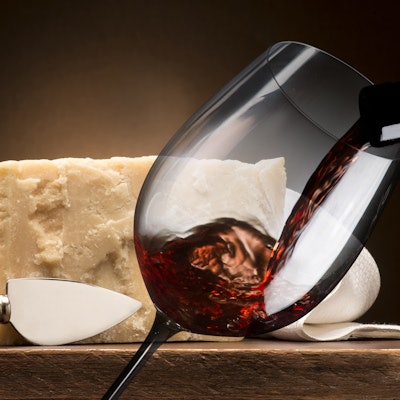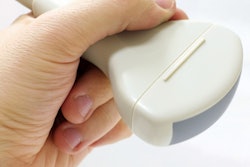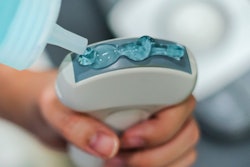
Medical imaging professionals may not want to take their work home with them, but with the Christmas holiday season fast approaching, what if you could try a glass of wine "treated" with ultrasound?
Co-authors Andrea Natolino, PhD, and Emilio Celotti, PhD, from the University of Udine in Italy found that ultrasound used to treat red wine significantly affects some chemical properties of wine's compounds and taste sensations, while overall improving its taste, color, and texture by not degrading the wine's micronutrients. Their results were published on November 23 in LWT - Food Science and Technology.
"Ultrasound could be applied to finished red wines with the aim of accelerating aging reactions," the study authors wrote.
Ultrasound for clinical use is widely acknowledged for being cost-effective and noninvasive, as well as not emitting ionizing radiation. However, medical imaging specialists can use a break sometimes as well. That may not have been what Natolino and Celotti were going for in this study, but it could make for intriguing conversation over a glass.
Ultrasound's use outside the clinic has expanded to the food and drink industry. High-powered ultrasound has been looked at as a promising technology for several purposes in winemaking. It was recently approved for the treatment of crushed grapes, for example.
Winemaking is a long-term process that could take years for some wines, but don't tell that to consumers. Previous research suggests this consumer demand -- combined with the slow-moving aging process -- creates high costs for wineries. While adding oxygen and slow heating accelerates the aging process, they are specific to specialty wines or can dampen wine's flavor profiles if not carefully managed.
The researchers said ultrasound is a promising, eco-friendly technology for speeding up wine aging because it can encourage chemical and structural changes that most resemble that of natural aging.
Natolino and Celotti wanted to look at the effects of sonication on red wine, using a young Cabernet Sauvignon from 2019. The wine had the following initial characteristics: alcohol 12.5%; pH, 3.49; total acidity 5.3 g/L; and reducing sugars 3.8 g/L.
The team looked at different levels of ultrasound amplitude, including 30%, 60%, and 90% while making sure the wine was not subjected to extreme temperatures. Sonication times of two, six, and 10 minutes were also studied.
They found that polyphenols -- antioxidant compounds that naturally occur in plants such as grapes used in winemaking -- were not degraded by sonication. They also found that increasing amplitude from 30% to 90% and sonication time from two to 10 minutes did not significantly change the main phenolic compounds found in grapes.
However, sonication did significantly increase the hydrochloric acid (HCl) index from 68.06 to 73.78. It also decreased the astringency index and particle size in all samples.
The researchers said that while finished wines can benefit from ultrasound, more studies are needed, including sensory evaluations and market research to better understand the industrial feasibility of this method for this specific purpose.



















